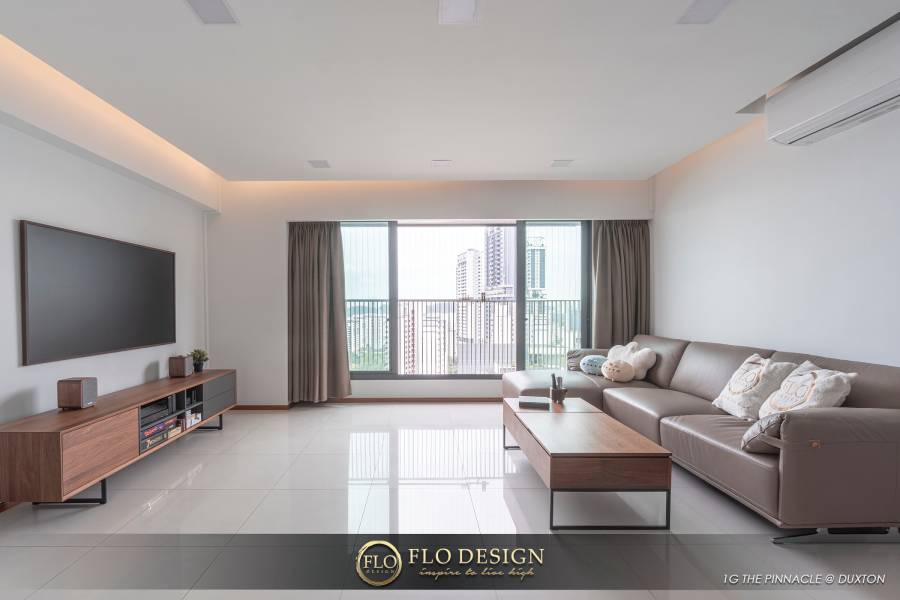
Consider the difference between a high-end restaurant and a cosy cafe—why does the former feel luxurious while the latter seems laidback? Besides the difference in the menu, there is also a divergence concerning their interior design; a space's colours, layout, and decor contribute to the ambience and affect your mood.
The relationship between interior design and mood is one of the reasons why interior design services are essential to engage. Read on to learn more about how interior design influences your mood and mental health.
Colour Selection
In 1810, Johann Wolfgang von Goethe published his "Theory of Colours," describing how humans perceive various colours. Goethe's work was one of the first formal explorations of colour theory and continues to resonate with many today.
For example, consider how fast-food restaurants like McDonald's, Burger King, and Pizza Hut use red and yellow in their logos—two colours believed to stimulate appetite when combined. If you look at billboards and brochures, it is clear how colour psychology plays a significant role in branding and marketing.
Colour theory can be applied to non-commercial spaces as well. Some common colour associations to consider include:
- Red: Energetic and robust, red encourages you to be more active and is the perfect colour for a home gym. However, it is also associated with aggressiveness and may engender anxiety; therefore, you may want to limit its presence in your home.
- Orange: Orange is a warm colour often associated with creativity. In a home office or a conference room, it could help facilitate your brainstorming process.
- Green: Green creates feelings of serenity and helps you calm down.
- Brown: Often found in nature, brown creates a sense of dependability, safety, and security.
Note that these colour associations are not set in stone—personal experiences outweigh social norms. For example, if your beloved grandmother’s room was painted red, the colour may be comforting and soothing. Therefore, it helps to consider both standard colour theory and personal associations when repainting your home.
Use of Space
If you’ve got dirty dishes in the sink or clothes strewn everywhere, you may find it difficult to relax. This happens because too many distractions are fighting for your attention; your brain becomes overwhelmed, leading to stress.
Therefore, organisation and space planning are critical. Throw away items that serve no purpose and store the rest out of sight. Multifunctional furniture, such as a chest that doubles as a coffee table, can be especially effective in small spaces.
Lighting
Natural light is a mood lifter; conversely, a persistent lack of sun may cause sadness and anxiety.
Hence, consider opting for sheer day curtains that allow sunlight to enter your home. You may also want to arrange furniture pieces to ensure all inhabitants and guests can reap the benefits of daylight. For example, the sofa in the living room could be positioned near the window.
Artificial light affects your mood as well. By layering warm-hued lighting, you can create a calming, comfortable atmosphere. On the other hand, LED and fluorescent light may cause the room to feel clinical and impersonal.
Art
Art is commonly used in various types of mental health therapy due to its ability to reduce stress.
It is thus beneficial to incorporate art into your interior design. Whether you plan on hanging a beautiful piece of work on the wall or placing a striking sculpture on the shelf, art can boost your mood and evoke a sense of peacefulness.

Conclusion
All interior design elements, from colour selection to lighting, affect your mood and mental health. Thus, it helps to consider various factors to create an inviting and positive environment at home.
For quality interior design services in Singapore, check us out at Flo Design. Our BTO, condo, and landed interior designers offer bespoke and comprehensive services from conceptualisation to completion.




